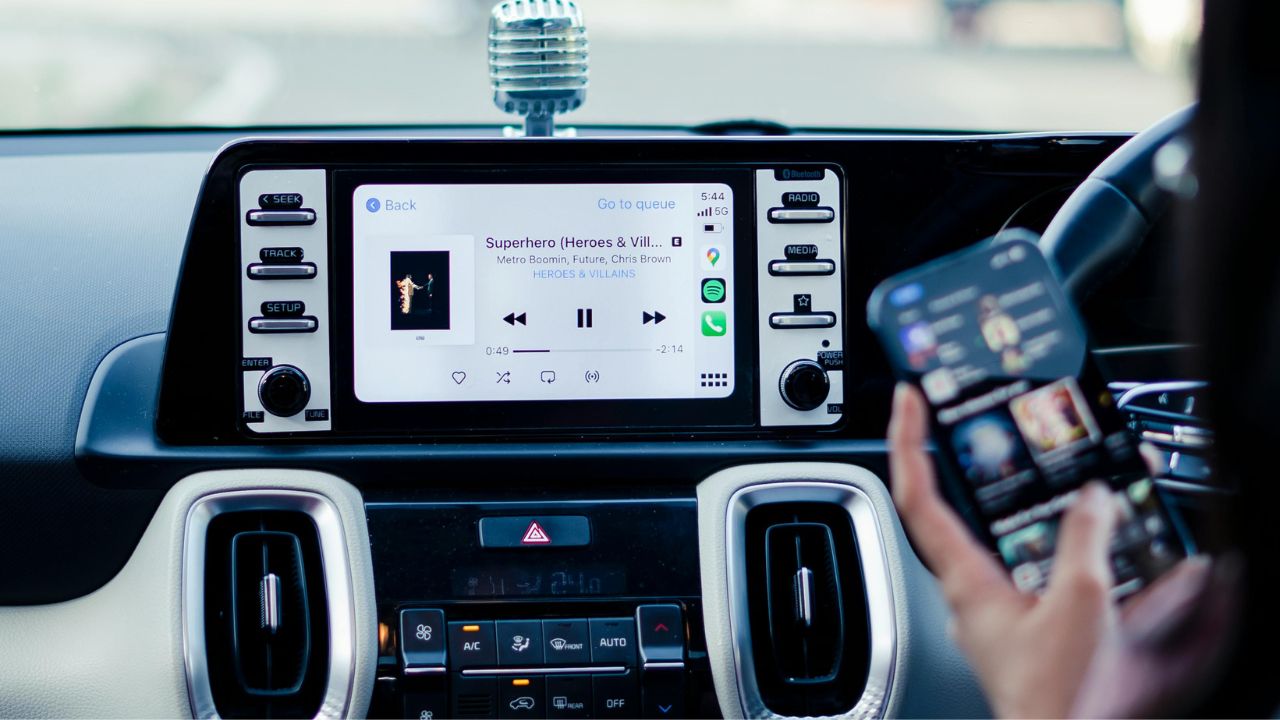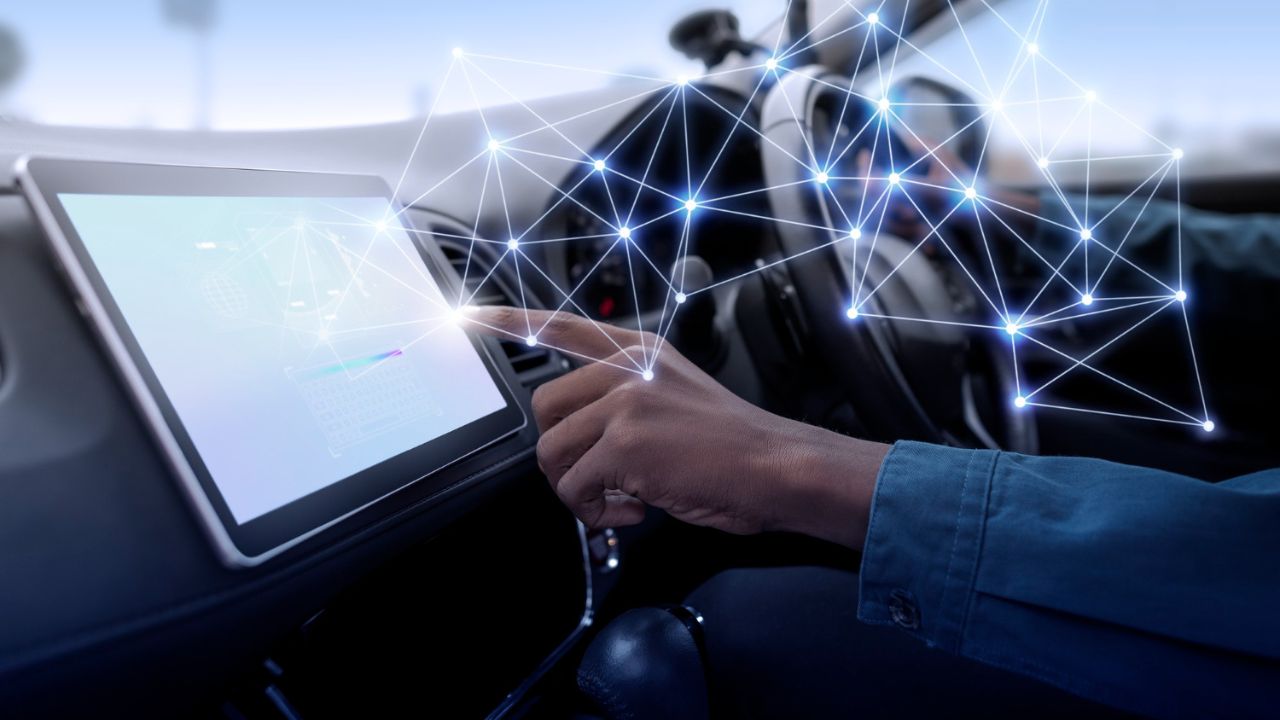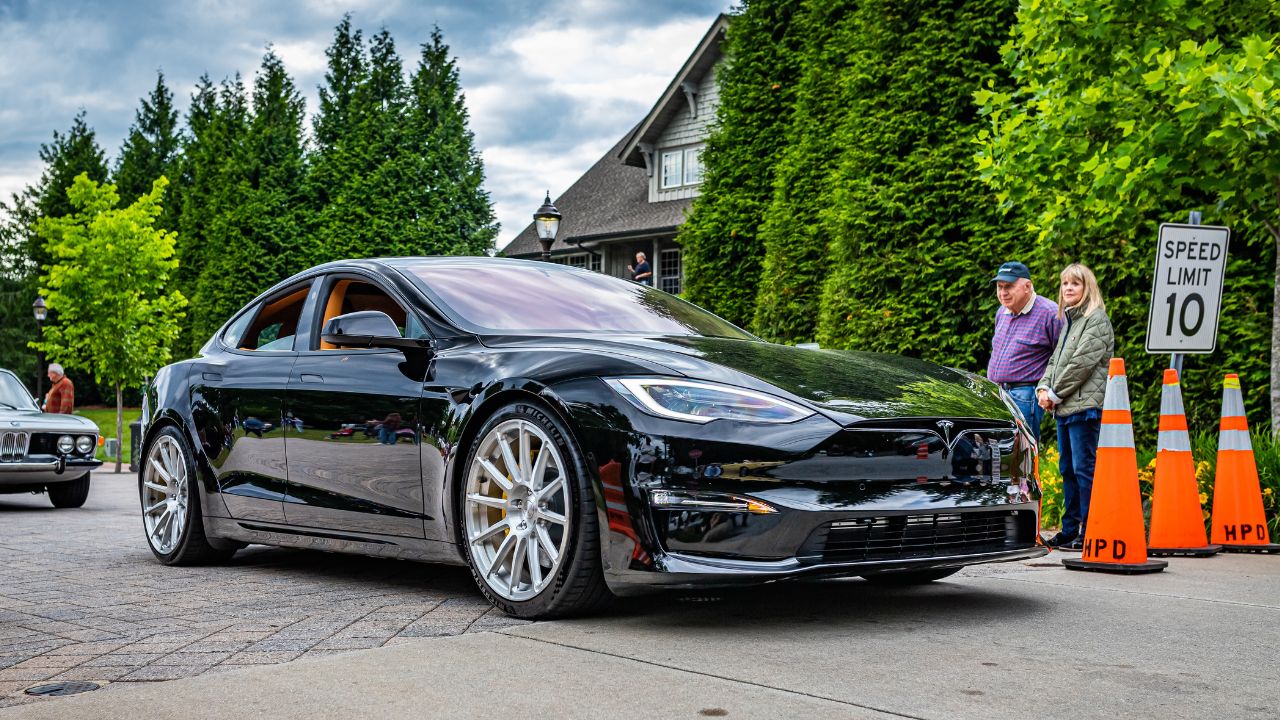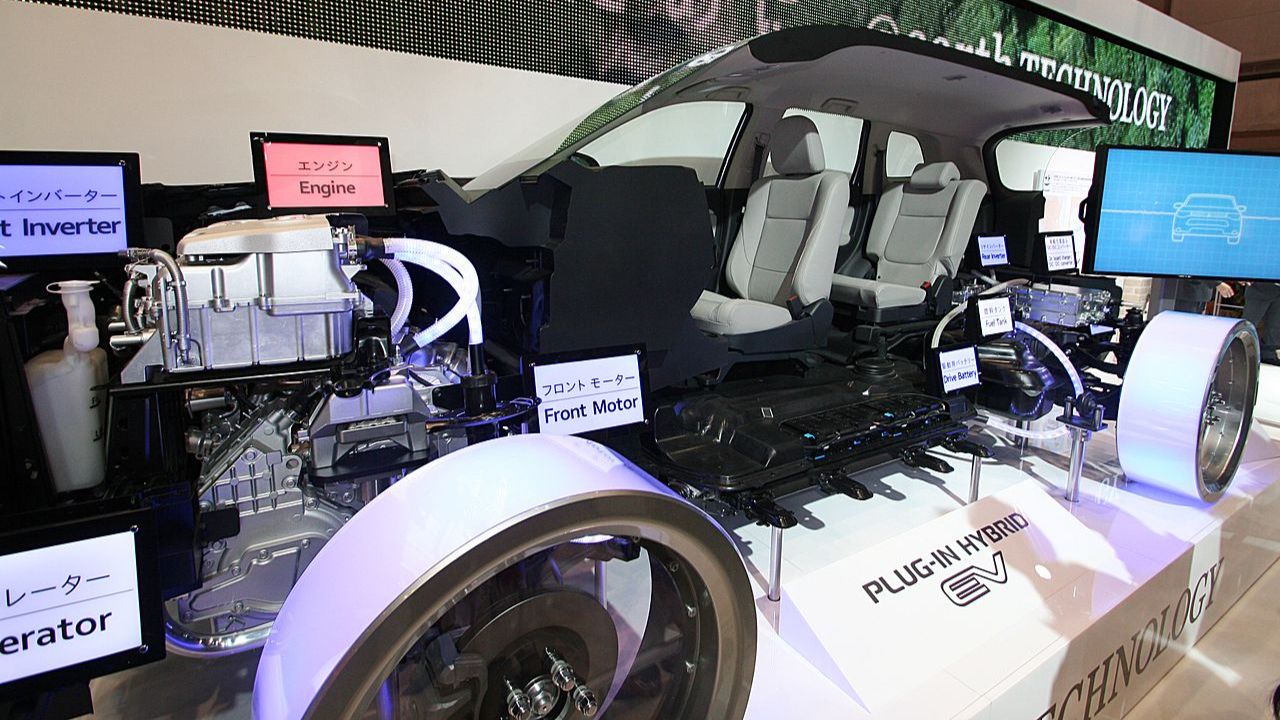The automotive industry is on the brink of a technological revolution, with 5G connectivity promising to transform the driving experience. With the ability to enhance safety, offer immersive entertainment options, and pave the way for autonomous vehicles, 5G is set to redefine the relationship between cars and technology. This exploration delves into the myriad ways 5G will impact the driving landscape.
The Role of 5G in Enhancing Vehicle Safety

Advanced Driver Assistance Systems (ADAS)
5G connectivity is poised to revolutionize Advanced Driver Assistance Systems (ADAS) by enabling real-time data processing. Current systems such as collision avoidance and lane-keeping assistance rely on sensors and cameras that provide data to the vehicle’s onboard computer. With 5G, the speed and reliability of data transmission improve significantly, allowing these systems to react faster and more accurately. For example, the 2023 Mercedes-Benz S-Class utilizes advanced ADAS technology, and with 5G, such systems can receive updates and improvements in real time, enhancing safety features.
Vehicle-to-Everything (V2X) Communication
5G’s low latency and high bandwidth capabilities make it ideal for Vehicle-to-Everything (V2X) communication. This technology allows vehicles to communicate with each other, as well as with infrastructure and even pedestrians. Imagine a scenario where a car warns others of an icy patch on the road or a traffic light that alerts vehicles to an impending change. In places like Ann Arbor, Michigan, pilot programs are using V2X technology to enhance road safety, and 5G will only accelerate these advancements.
Remote Monitoring and Diagnostics
5G connectivity also enhances remote monitoring and diagnostics, providing more accurate and timely vehicle diagnostics. This allows for proactive maintenance, reducing the chances of breakdowns. Brands like Tesla are already using over-the-air updates for software improvements, and with 5G, the scope of these updates could expand significantly, ensuring vehicles are always in optimal condition.
Revolutionizing In-Car Entertainment and Connectivity

High-Speed Internet Access
The promise of 5G in cars extends to in-car entertainment, turning vehicles into mobile entertainment hubs. With high-speed internet access, passengers can enjoy seamless streaming of music, movies, and games. Services like Netflix and Spotify can be integrated directly into the vehicle’s infotainment system, providing an uninterrupted experience even on long road trips.
Augmented Reality (AR) and Virtual Reality (VR) Experiences
5G’s capabilities also support immersive Augmented Reality (AR) and Virtual Reality (VR) applications. Passengers can experience AR navigation, where directions are overlaid onto the real-world view through the windshield. Companies like Audi are exploring AR heads-up displays, which can provide real-time information about the surroundings, enhancing the driving experience.
Enhanced Navigation Systems
Navigation systems benefit from 5G’s real-time data processing, offering improved traffic updates and route optimization. With services like Google Maps and Waze, drivers receive the most efficient routes based on current traffic conditions. 5G enhances these systems by providing data faster and more reliably, ensuring that drivers can avoid delays and reach their destinations more efficiently.
The Impact of 5G on Autonomous Vehicles

Real-Time Decision Making
For autonomous vehicles, real-time decision-making is crucial, and 5G plays a critical role in this process. Autonomous vehicles rely on a multitude of sensors and cameras to navigate roads safely. With 5G, the data collected by these sensors can be processed almost instantaneously, allowing vehicles to make informed decisions on the fly. Companies like Waymo and Tesla are at the forefront of autonomous vehicle technology, and 5G will be a key enabler in their continued development.
Reduced Latency
Reduced latency is one of 5G’s most significant advantages, contributing to more responsive and reliable autonomous driving systems. Low latency ensures that data can be transmitted and received with minimal delay, which is vital for the safety and efficiency of self-driving cars. This capability is essential for scenarios that require split-second decisions, such as emergency braking or obstacle avoidance.
Data-Intensive Operations
Autonomous vehicles generate and require massive amounts of data to function safely and effectively. 5G supports these data-intensive operations by providing the necessary bandwidth for continuous data exchange between the vehicle and external systems. This capability ensures that autonomous vehicles have access to the latest information and updates, enhancing their ability to navigate complex environments safely.
Challenges and Considerations for 5G Implementation in Cars

Infrastructure Development
To fully realize the benefits of 5G connectivity in vehicles, widespread infrastructure development is necessary. While urban areas may see rapid deployment of 5G networks, rural and less densely populated regions may lag behind. This disparity could impact the effectiveness of 5G-enabled features, highlighting the need for comprehensive infrastructure planning and investment.
Cybersecurity Concerns
As vehicles become more connected, cybersecurity becomes a critical concern. 5G-connected vehicles are susceptible to cyber threats, necessitating robust security measures to protect against potential attacks. Automakers and tech companies must work together to develop secure systems that safeguard driver and passenger data while ensuring the integrity of vehicle operations.
Cost and Accessibility
The integration of 5G technology into vehicles comes with financial implications, potentially impacting consumer adoption rates. While the benefits of 5G are significant, the cost of implementing this technology may be prohibitive for some manufacturers and consumers. As the technology evolves and becomes more widespread, costs are expected to decrease, making it more accessible to a broader audience.
The Future Roadmap for 5G-Connected Cars

Collaborative Industry Efforts
The advancement of 5G in cars requires collaborative efforts between tech companies, automakers, and governments. Partnerships are essential to accelerate the adoption of 5G technology and ensure its integration into the automotive industry. Initiatives like the 5G Automotive Association, which brings together stakeholders from various sectors, are vital in driving innovation and development.
Evolving Consumer Expectations
As consumers demand more connectivity and advanced features in their vehicles, the push for 5G integration intensifies. The desire for seamless connectivity, enhanced safety, and innovative entertainment options is driving automakers to explore and implement 5G technology in new models. This shift in consumer expectations is a key factor in shaping the future of 5G-connected cars.
Long-Term Vision
The long-term vision for 5G-connected cars includes a transformative impact on mobility and transportation. As 5G becomes ubiquitous in the automotive sector, the potential for autonomous transportation, smart cities, and seamless connectivity becomes a reality. This vision promises a future where transportation is not only safer and more efficient but also more integrated into the digital ecosystem.
Like Fast Lane Only’s content? Be sure to follow us.
Here’s more from us:
*Created with AI assistance and editor review.







Leave a Reply